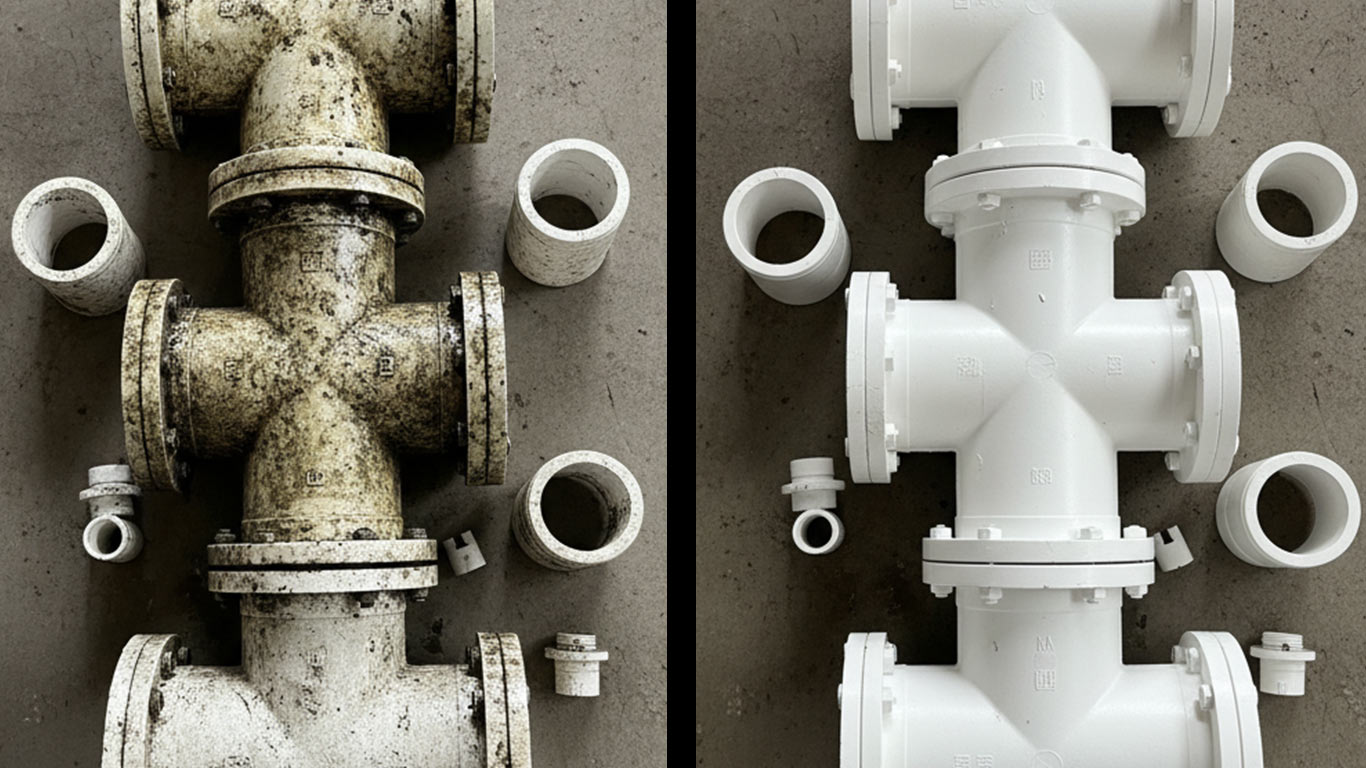
FDA
FDA 21 CFR 1040.10 - Laser Product Performance Standards



Polypropylene stands out with chemical resistance superior to other thermoplastics, protecting products from harsh corrosive settings in automotive and medical applications while ensuring lightweight and long-lasting components.
We've found the contaminated polypropylene surface shows a rough texture with scattered dark particles clinging everywhere. Tiny debris sticks to irregular bumps and crevices that mar the whole view. This uneven mess makes the material look dirty and worn up close.
After laser treatment, the surface turns smooth and free of those clinging bits. Clean ridges give way to a uniform shine without any patches. Now it looks fresh and even across the entire field.

FDA 21 CFR 1040.10 - Laser Product Performance Standards

ANSI Z136.1 - Safe Use of Lasers

IEC 60825 - Safety of Laser Products

OSHA 29 CFR 1926.95 - Personal Protective Equipment
License: Creative Commons BY 4.0 • Free to use with attribution •Learn more